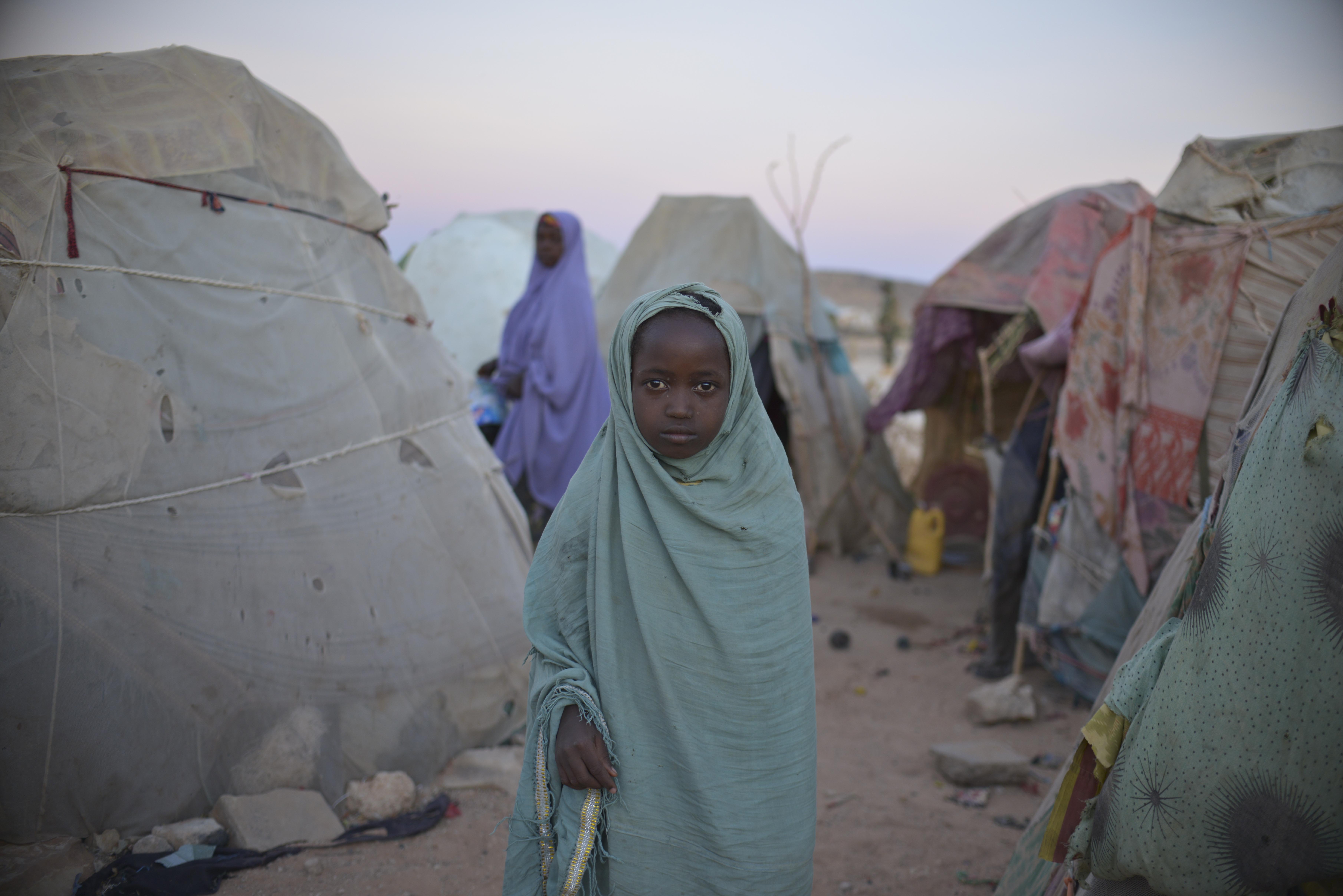The Nigerian government has been consistent in giving money to the poor, the latest is the ambitious commitment revealed by Vice President Yemi Osinbajo to lift 20 million Nigerians out of poverty in two years. Among the plan is the identification and registration of 24.3 million poor individuals into the National Social Register. The VP stated that N10 billion will be distributed equally among 2 million vulnerable citizens monthly—by calculation, N5,000 each.
The Vice President called it the Economic Sustainability Plan (ESP), but not only is the scheme unsustainable, economists argue that cash transfer to the poor does not change the poverty status. Especially for a country with an inflated-price economy, N5,000 is less than an amount to feed a family of four in two days.
The Nigerian government started the social security program in 2016 with the commitment to lift 100 million people out of poverty. However, statistics show despite the social program, poor people are denigrating and not jumping out of poverty as the government wanted.
According to Statista, an individual is considered poor in Nigeria when he has an availability of less than 137.4 thousand Nigerian Naira (roughly 361 U.S. dollars) per year. And 2016, over 70 million Nigerians were recorded to live in extreme poverty, equalling 38 percent of the entire population. With the government flagging off its poverty upliftment program, one would think the number has reached a peak to plummet, but the results show a complete contrary.
[perfectpullquote align=”right” bordertop=”false” cite=”” link=”” color=”” class=”” size=””]Though the land borders have been reopened, the country is yet to recover from the two recessions it suffered in five years. So unfortunate for a country that has been borrowing huge amounts from foreign countries and corporations to fund its budgets.[/perfectpullquote]
In 2018, Nigeria overtook India as the country with the most extreme poor people in the world. Imagine, when India has a population seven times larger than Nigeria’s. That was not a proud title to own—a country with the highest number of poor people. Though in December 2020, World Poverty Clock published that “Nigeria is no longer the country with the most people in extreme poverty, with India once again taking the infamous title.” But that does not stop the ever-rising number of poor people in Nigeria. In January 2021, 90.9 million people are estimated to live in extreme poverty.
The obvious results have shown that with current policy there could not be a threshold to how far the number of poor people could rise.
Officials are not sincere with Poverty Alleviation
Not only has the cash transfer failed in its objective, but also the government policies that surround this social program raise the question of whether the officials are sincere with this aspiration. In 2020 for instance, the government increased the Value Added Tax by 50 percent knowing fully well the poor are the most affected. As if that was not enough, for 18 months, the government closed its land borders to all movement of goods which has caused Nigerians to buy inflated-price materials. Apart from land borders closure, there was also a general embargo on the importation of selected food items which include rice—Nigerian most consumable food.
Though the land borders have been reopened, the country is yet to recover from the two recessions it suffered in five years. So unfortunate for a country that has been borrowing huge amounts from foreign countries and corporations to fund its budgets.
In deliberating on plans to reduce poverty, in 2011, the United Nations Department of Economic and Social Affairs (DESA) in a conference called for the abolition or reduction of arbitrary and unjustified trade barriers, and the opening of markets in wealthier countries to products from poorer nations. This is to say poverty is not lifted by dashing everyone more money, but by making available in surplus—through trade—what people buy with money. So that, even with little they have, they could purchase items to live a decent life.
Cash transfer policy became popular in the 2000s and has been portrayed as the solution to poverty—mostly by showing videos of how the poor are spending free money given to them on nice stuff. The question to ask is for how long the government will continue to give free money, or how much will it require for genuine poverty alleviation? Surely, not the N5,000 given by the Nigerian government. What if the treasury coffer turns dry, and where will a bankrupt country borrow money?
Instead of pulling the government’s funds into a leaking basket of poverty alleviation programs, those funds should be invested in infrastructures the government is borrowing money to fund and woo investors who will sell stuff to people at a cheaper price.
Abdullah Tijani is a Free Market Revolution Fellow at Global Campaign Fellowship and National Coordinator at Students For Liberty. He is a penultimate student of Law at Usmanu Danfodiyo University, Sokoto.
Photo credit: AMISOM via Iwaria.

